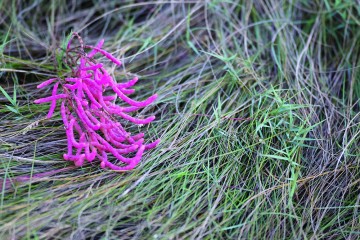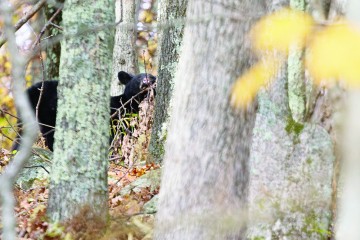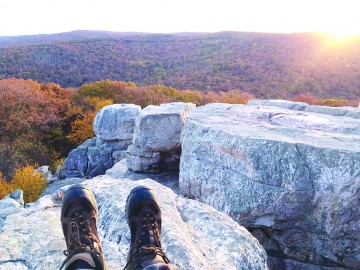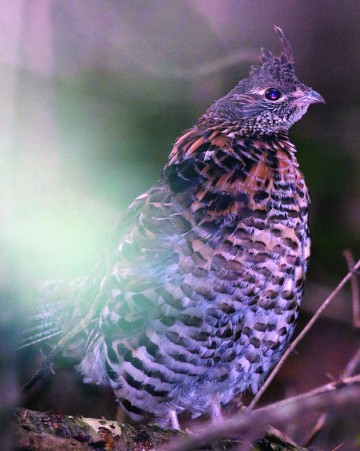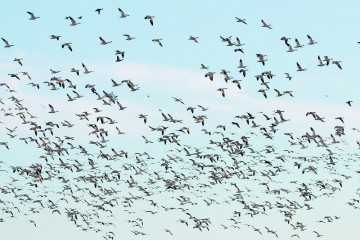Chesapeake Autumn Invites You In
Autumn can be a polarizing season, but I have become quite the enthusiast of this time of harvest, leaf peeping and ubiquitous festivals. I like the hot cider and apple fritters, but what I love most are the seasonal changes we can experience in the natural world.
Chesapeake Country is a fine place to experience those changes. The watershed we call home is an enormous place — over 64,000 square miles stretched across six states and Washington, D.C. Within those miles are diverse physiographic regions: the ancient Appalachian Mountains, the rolling hills of the central piedmont plateau and the low-lying, marsh-encompassed Atlantic coastal plain. In each of these regions, birds are migrating and mammals are on the move as they forage for precious calories. Exquisite colors adorn the many species of deciduous trees.
From the Beaches …
Close to home, the tranquil, still wetlands of Calvert Cliffs State Park in Calvert County give us a double image of autumn color: in the trees and reflected on Bay waters. As well as its namesake cliffs and fossilized shark teeth, the Bayside park also invites wildlife viewing. I have encountered wood ducks and muskrat as they swim through the season’s colorful double image.

